Turning backyard into a garden, what do you think?
Georgi
8 years ago
last modified: 8 years ago
Featured Answer
Sort by:Oldest
Comments (53)
theforgottenone1013 (SE MI zone 5b/6a)
8 years agoPeter (6b SE NY)
8 years agoRelated Discussions
How do I start a garden in my backyard? more
Comments (6)If you do a search of the forum (there is a "search" function at the top of the forum page) for how to post pictures, you'll find a number of threads explaining how to do it. There is a Test Forum where you can practice before you try it here. Without seeing what you're talking about, or understanding why you might want to put sections of disconnected fencing in, it's hard to say if it would work or not. In general, you'd go all the way across but there might be some circumstances where a partial fence would be a reasonable solution to a problem. How to start, where to put it, how big to make it, and what to plant in it all depend on what your goal is for the garden. To look at? To putter in? If so, how much time do you want to spend puttering? To screen out something beyond it? To screen yourself from someone else? To create shade? A haven for birds or other wildlife? Should it be easy to care for? Look good in winter? Or summer/spring/fall only? Answer these questions for yourself first, and you should have a better idea of what you want it to be when it's done. If you aren't sure what you want, get yourself to the library and take out everything you can find on landscape design and gardening, and see what appeals to you to get you started. If you're overwhelmed by the prospect of doing your own design, and you want it to look good right away without a lot of trial and error, consider hiring a designer to get you started....See MoreWhat to do with backyard (wooded 1/2 acre)
Comments (17)Realistically, I would start by cleaning up what you have. This is actually a good time of year to move rocks and brick and anything else the PO dumped back there. I'd move the things like rocks and bricks to an area for stockpiling for now (perhaps behind the shed) and get rid of any trash or woody debris. You may well find uses for the rocks and brick such as creating steps or walls or non-flammable surfaces around a fire pit, so you don't want to get rid of them for now. If you don't have a heavy duty lawn tractor with a dump cart, get one to help you move things around the property and mowing. Learn to ID poison ivy regardless of time of year, with leaves and without. Start removing it by pulling it wearing protective clothing OR plan on spraying glysophate (generic Roundup without all the other herbicides) after it leafs out in spring and repeating every 4 weeks or so with any leaves that reappear. You can still get PI when there aren't leaves, so treat winter PI with the same caution needed for the growing season. Don't burn it - you can inhale the oil from smoke and end up hospitalized - but instead put in plastic bags for disposal. If you are particularly sensitive, you can get it from your pets' fur or handling clothing with urushiol (the rash-causing oil in PI), so keep your pets out of it and wash contaminated clothing multiple times in a separate load from other clothing. If you have deer, mice, voles, squirrels, etc. you will have ticks. You can reduce the number by getting rid of the brushy stuff under the trees, but you won't get rid of them, even with a gravel barrier, because the mammals cross the barrier, bringing ticks. Get in the habit of checking yourself, your dogs, and your kids for ticks every time you come inside (just a quick check) and every night a very careful check at bath or bed time including hair, armpits, ears, and groin. Talk to your vet about tick repellents for your dogs and spray your kids' clothing (not them) with a repellent containing DEET. I can pick up a tick between the house and the veggie garden which is all lawn, and during the spring can find 5-10 ticks a day, but haven't ever (15+ years in our current location) had one embed because I am extremely conscientious about tick checks if I have been outside at all. It takes more than 12 hours for ticks to embed, so if you are checking every night, it won't be an issue. Next spring mark wet areas, perhaps with stakes so you know exactly where you have standing water, where it stays damp for more than a few days, and where you have running water. IME trying to change drainage patterns without heavy equipment is usually unsuccessful (and potentially illegal in a natural wetland) but you may be able to slightly modify them so you don't have standing water and mosquitoes breeding. You can plan to plant long-damp areas with plants that are tolerant of moisture. This winter collect information and photos of rain gardens (particularly for shade), visit web and local resources that have information on wetland plants, and find a bunch of photos of dry creek beds and read up on how to create them so they look tolerably realistic. Based on many years as a teacher at a school with natural drainages through the school property, kids love playing with shallow running water- damming it, floating stick or leaf boats, etc., so don't put your drainage under ground. It usually is more successful anyhow to do a drainage swale or dry stream bed than trying to do buried pipes involves a lot more knowledge since underground the water needs a consistent slope and somewhere lower to go to, and pipes need sizing for your largest storms. Also, burying pipes in that area will be difficult due to roots, rocks, and the difficulty of getting a machine in there. Next year after you have drainage patterns established and have moved out rocks and debris, you can do some leveling, adding soil where needed to fill holes that aren't part of your drainage pattern. If you want to keep healthy trees, don't put much soil over large areas of tree roots, however. Then spend the next year IDing what you have (photos on the Name that Plant forum are a great idea) and deciding what you want to keep such as good climbing trees, plants with good fall color or nest sites or whatever, and finding someone with a good reputation for thinning woodlands and the proper insurance. Only after next growing season will you have enough information to really get to work on getting the area thinned out and starting to replant. You should know that despite the inspiration photo you posted of the neighbor's yard, you probably won't get that result. Most grass doesn't grow well in shade, and you said you wanted to keep more trees. Also you have water issues unlike what appears to be drier in the yard pictured. You may do better to have islands of plantings with mulch over the other areas, though you can try growing grass and then changing over if that doesn't work. Good luck - it looks like this project will keep you busy for quite a while!...See Moreturn small back yard into 4 season garden
Comments (7)OK I know this is not the "organic" forum, but when you said round up did you mean Round-Up? No need for that! How raised beds and the lasagna method? Make a few at a time...3-5 feet wide by however long you want. Scrounge some cardboard boxes (the bigger the better) from grocery or home improvement stores. Soak the cardboard well, and cover with grass clippings, mulch, straw, leaves etc and start planting. The grass underneath will just die and add more organic matter to the soil. If you don't want to spend (or don't have) money for raised beds, just build the piles right on the ground. Lay the cardboard and just pile the stuff on. You can gradually end up covering up all (or most) of your lawn. You could leave grass paths the width of your mower, or you could eventually cover the whole lawn. Just make sure you put down a good layer of cardboard or newspaper to keep the grass from growing up, and keep adding all the organic material you can come up with. Watch the curbs for grass clippings and leaves. Kathy in Illinois...See MoreNewbee needs Help -- My backyard turned into a swamp
Comments (4)The mix you created absorbs water very well. But it could also drain away rather quickly. What's it like there now? You have to watch things over a certain period of time to see what the long term viability of plants will be. Once I put in raised beds alonside this beautiful walkway up to my front steps. Did it during a drought year, actually several drought years. But come to find out, when it did actually rain, my front yard turned into a stream! The bed borders conveniently channeled all the water right up to my front steps! All I'm saying is don't get discouraged. Embrace your yard for what it is, as others have suggested, and make the best of what you've got. I'll bet it's not so bad now. Plus, once you get some vegetation in, it will soak up some of the water. Forget about tomatoes though! Like Carol said, those you can do in pots. But there are other vegetables that might LOVE that soil. Squahes, melons and cukes all come to mind. Blueberries--you can find types in every size imaginable. There are gazillions of other options, edible and otherwise, but I'm just tossing out a few ideas to get started....See MoreGeorgi
8 years agoHumsi
8 years agolast modified: 8 years agoGeorgi
8 years agodaniel_nyc
8 years agoGeorgi
8 years agofloral_uk z.8/9 SW UK
8 years agojnjfarm_gw
8 years agojnjfarm_gw
8 years agolast modified: 8 years agotcgardener Zone 10a SE Florida
8 years agogumby_ct
8 years agoGeorgi
8 years agojnjfarm_gw
8 years agojnjfarm_gw
8 years agonancyjane_gardener
8 years agogumby_ct
8 years agogumby_ct
8 years agoA J
8 years agogumby_ct
8 years agoA J
8 years agoGeorgi
8 years agoA J
8 years agoJim's
8 years agogumby_ct
8 years agoGeorgi
8 years agolast modified: 8 years agoGeorgi
8 years agorgreen48
8 years agolast modified: 8 years agoJim's
8 years agodefrost49
8 years agojnjfarm_gw
8 years agoA J
8 years agoHumsi
8 years agoekgrows
8 years agoJim's
8 years agoGeorgi
8 years agogumby_ct
8 years agodefrost49
8 years agoyolos - 8a Ga. Brooks
8 years agoGeorgi
8 years agogumby_ct
8 years agoGeorgi
8 years agotcgardener Zone 10a SE Florida
8 years agoGeorgi
8 years agoCC
8 years agogumby_ct
8 years agolast modified: 8 years agodefrost49
8 years agoGeorgi
8 years ago
Related Stories
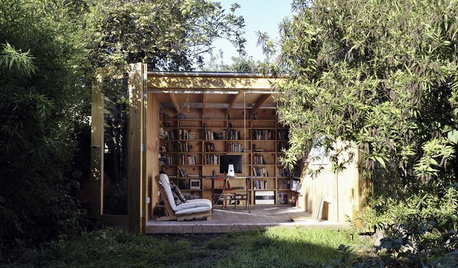
MORE ROOMSHouzz Tour: Shed-Turned-Office in a London Garden
Working and being outdoors aren't mutually exclusive for a U.K. couple — they built an office space amid the greenery of their backyard
Full Story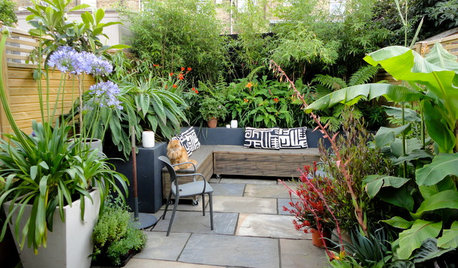
URBAN GARDENSTurn Your Outdoor Space Into a Sanctuary
12 inspiring urban gardens offer ideas for reinventing your city backyard, rooftop or terrace
Full Story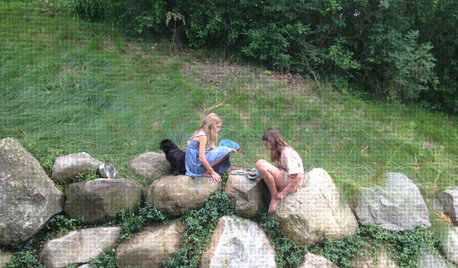
LIFETurn Off the Video Games and Turn On Your Kid's Creativity
Going nuts planning summer activities? Kids overdosing on screen time? It may be time to foster more self-directed play
Full Story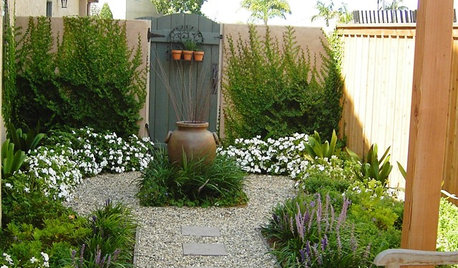
GARDENING GUIDESHow to Turn a Side Yard Into a Glorious Garden Room
With just 8 feet or so, you can turn a plain side yard into a garden that lets you get carried away
Full Story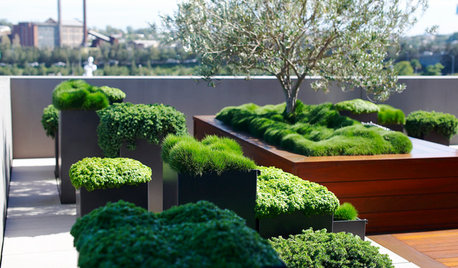
LANDSCAPE DESIGNSee How to Turn a Small Outdoor Room Into a Peaceful Retreat
Really, that neglected terrace or courtyard can become the garden of your dreams
Full Story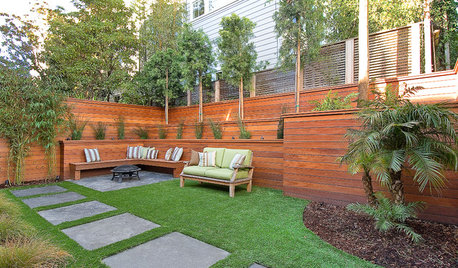
LANDSCAPE DESIGNCreate a Remarkable Garden by Thinking in 3D
Thinking of your space as a dimensional piece of sculpture can make it grand no matter what size it is
Full Story
LIFESlow Living 101: Tips for Turning Off the Chaos
It may feel as though you're too busy to slow down and enjoy life. But even little changes can have a big effect
Full Story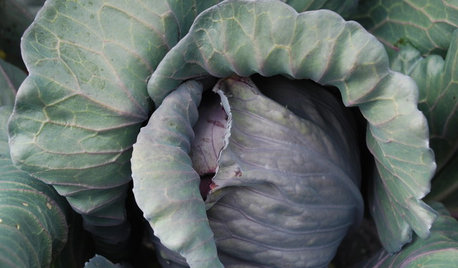
REGIONAL GARDEN GUIDESWelcome the Turning Season: Advice for Your September Garden
Roll with the cooler weather by planting away. Our gardening guides tell you what plant picks are best for each U.S. region
Full Story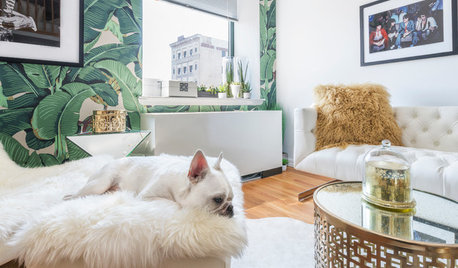
DECORATING GUIDESSpotted! Decorating Schemes Turn Over a New Leaf
Think big when it comes to bringing the outside in via tropical leaf prints
Full Story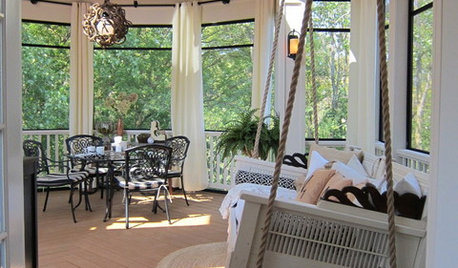
DIY PROJECTSReinvent It: A Houzzer Turns Thrifted Pieces Into a Swinging Daybed
Snuggle up on this delightful porch piece and you'd never guess it's made of salvaged scraps
Full Story


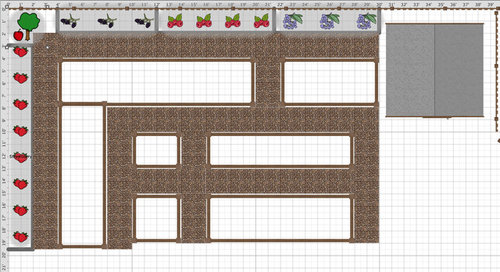
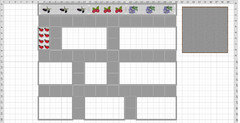


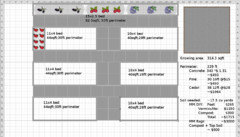
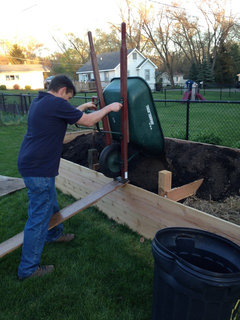

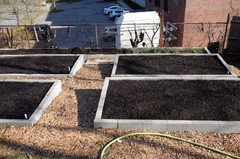
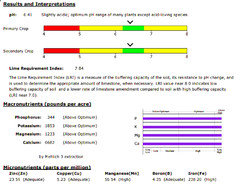


daninthedirt (USDA 9a, HZ9, CentTX, Sunset z30, Cfa)